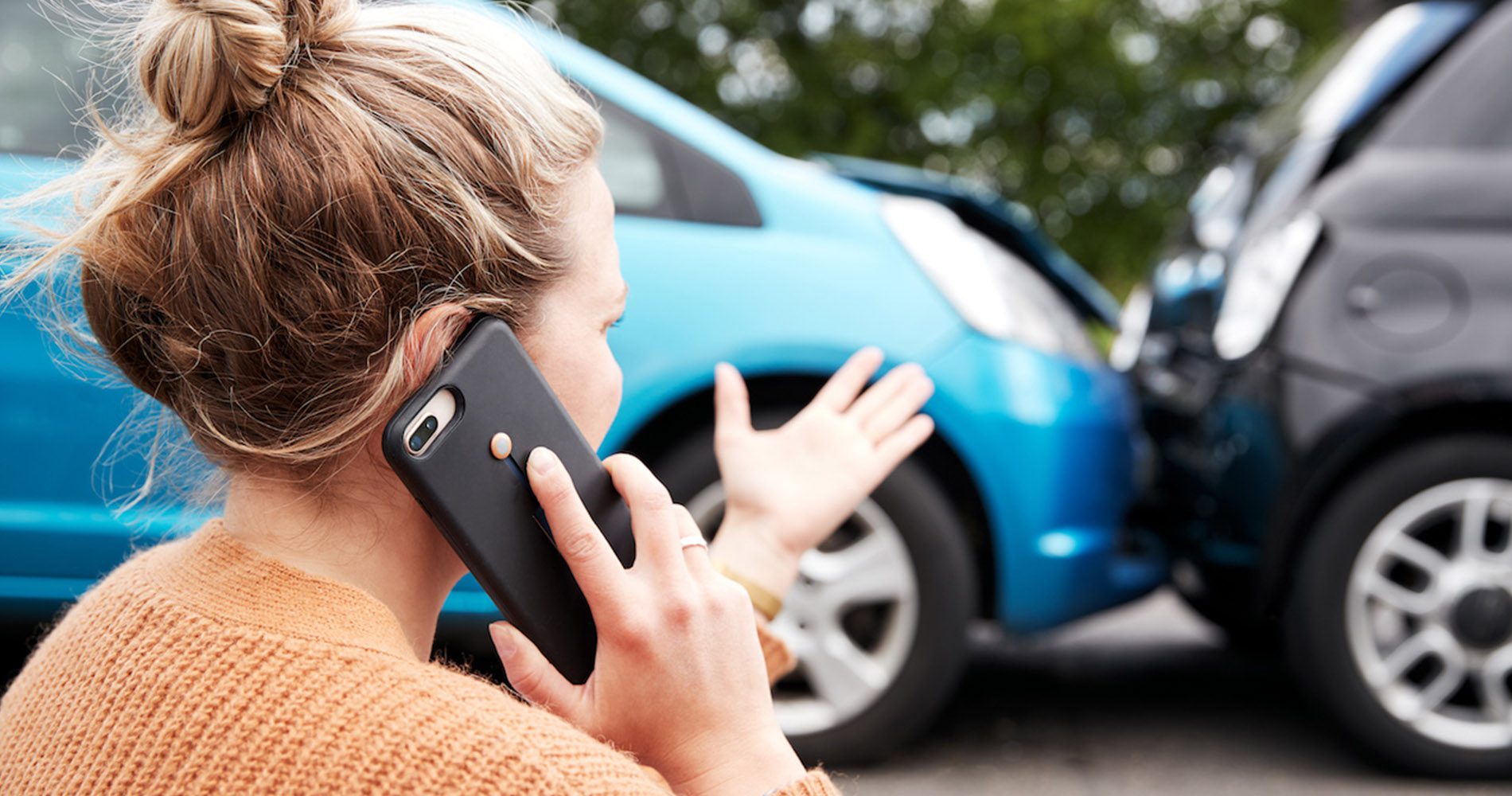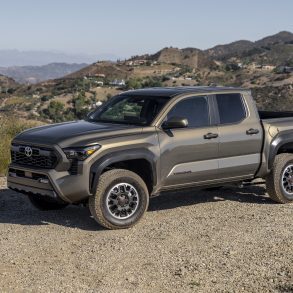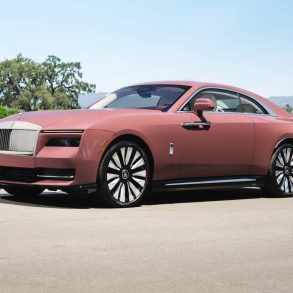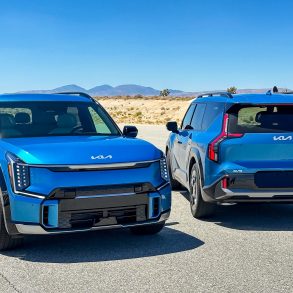Insuring your vehicle is not only a responsible choice but also required by law in most states. However, the lack of knowledge and misinformation about car insurance create myths that lead to misunderstandings and losing time and money in the event of an accident.
The reason is that these myths can lead you to believe that you require a specific coverage that may not actually suit your needs, not to mention spending more money than you should. It’s not rare that many motorists buy a particular car insurance policy based on recommendations rather than consulting an insurance agent.
Car owners should be aware of what factors affect car insurance price and how vital is your driving record when it comes to insurance? Unfortunately, when it comes to understanding how premiums are calculated, several misconceptions could affect your car-buying decisions. But the fact is that many are not true.
For this reason, we bring you the 10 car insurance myths you need to stop believing.
Myth 1: The color of your car influences the price of insurance
Perhaps the most common auto insurance myth is that the color of your car determines the cost of insuring it. However, it doesn’t matter whether your vehicle has a Ferrari “Rosso Corsa” red or a “Highlight Green” like the Bullitt Mustang; the color is not a factor in your auto insurance cost.
There are other factors considered to calculate your car insurance rates like the make and model you own, the body type and engine size, the age of the vehicle, and the car’s sticker price. Insurance companies also consider the age, driving record, and the driver’s credit history.
Myth 2: Car insurance costs you more when you get older
Although age is one of the primary factors insurance companies consider when calculating a car insurance quote, older drivers are often eligible for special discounts, unlike younger drivers who get the more expensive insurance policies. This is because a driver’s age measures their driving experience and accident risk to an auto insurance company.
Older driver discount programs vary by state, insurance provider, and driver age. For example, drivers over 55 years of age can get a discount on their auto insurance premiums if they successfully complete an accident prevention course. In addition, retirees or those who aren’t employed full time and therefore driving less may also be eligible for a car insurance discount.
Myth 3: Insurers don’t check your credit history to calculate your insurance rate
Wrong. Your insurance company does check your credit history; therefore, your credit scores may affect your car insurance.
Many auto insurance carriers rely on a credit-based auto insurance score to determine whether to take you on as a policyholder and calculate your premium. However, these companies usually are prohibited from making such decisions solely based on your credit history.
Still, while this is only one of many factors involved in determining your insurance rates, having good credit can help you get better auto insurance rates.
Myth 4: Personal car insurance also covers me for business use
It’s expected that the use of your personal car for commercial purposes is unavoidable from time to time. And while your personal auto insurance might cover you in the event of a minor accident, most insurers only cover personal injury. In other words, any business-related damage cannot be compensated through your personal auto insurance policy.
One of the main reasons personal auto insurance doesn’t cover business drivers is that they’re often more exposed to risks on the road. This is derived because they spend much more time driving than other motorists. This additional risk usually means that you will have higher insurance rates.
For this reason, if you use your personal vehicle for work purposes most of the time, it’s always better to have a commercial auto insurance policy.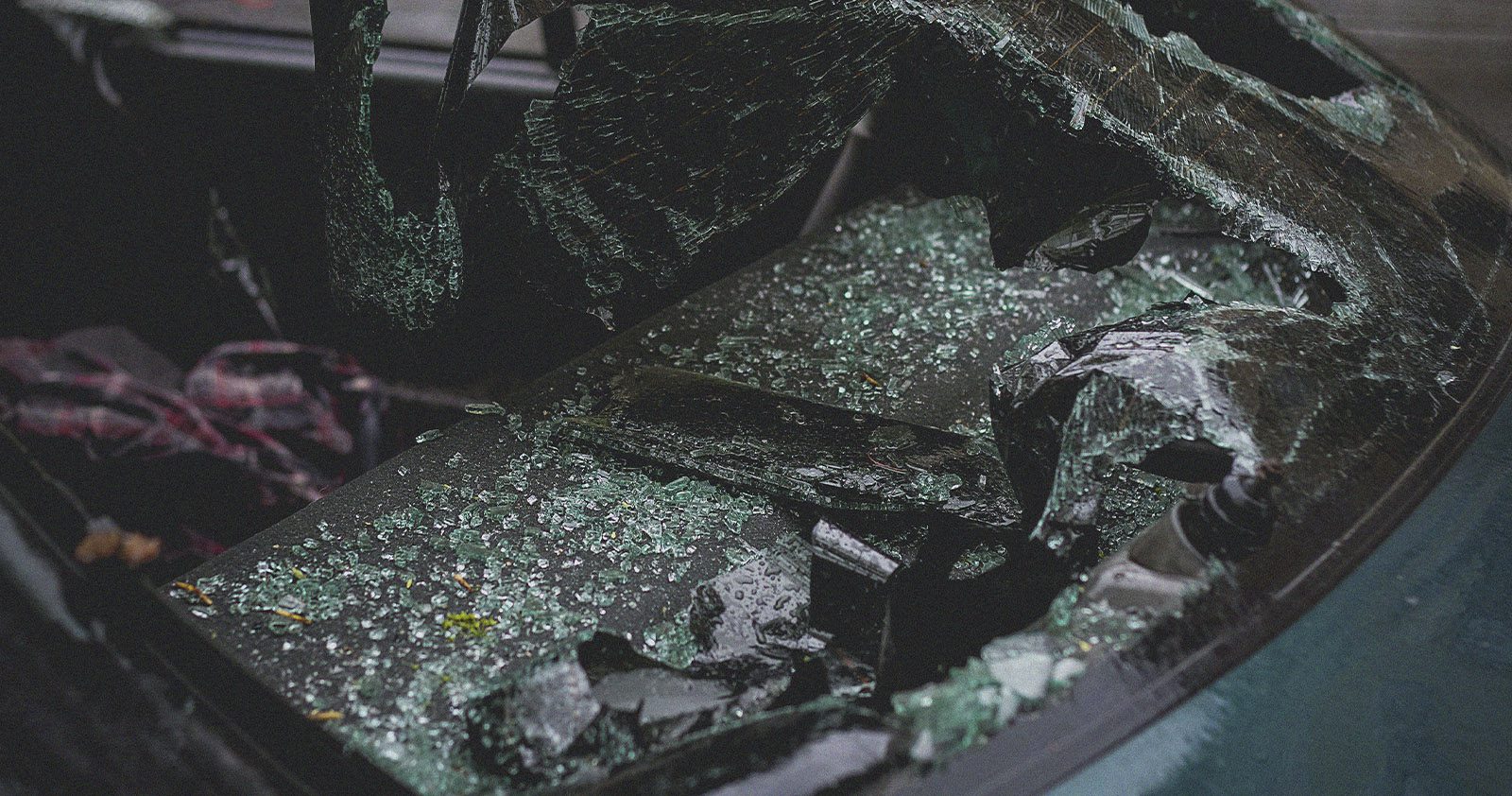
Myth 5: Your insurance covers you if your car is stolen, vandalized, or damaged by fire or falling objects like a tree or hail
This is only true if you purchase comprehensive auto insurance. Comprehensive insurance, often called “other than collision” coverage, covers those damages caused to the vehicle by agents external to the owner and that are not considered the result of a collision (if the car is stolen, vandalized, or damaged by fire or falling objects like a tree or hail).
It’s essential to mention that comprehensive coverage is not mandatory to acquire for your own personal car, only for rental vehicles or under financing.
You can read more on what car insurance is and what it typically covers.
Myth 6: Auto insurance is higher for leased cars
Not quite. All coverages are equal, so leased cars are not more expensive to insure. If you buy your vehicle outright, the amount of insurance coverage you get is typically up to you if you meet the minimum coverage requirements set by your state.
On the other hand, leased cars can be more expensive to insure because they are newer than most cars and worth more. In addition, leased vehicles are generally required to have more coverage than those for owned vehicles. However, drivers who own their cars outright and choose many different coverage options may face the exact cost of insurance as a leased car.
So, whether you are financing or leasing, the insurance premiums are often similar.
Myth 7: Your insurance rates go up if you file a claim
We can all agree that getting involved in a car accident is every driver’s worst nightmare.
Then afterward having to juggle bills, repair costs, and the legal consequences. And if that wasn’t enough, there’s the misconception that your insurance rates go up after filing a claim. However, this is only true when you make a claim against your insurance policy above a specific amount due to an incident that is primarily your fault by not simply being involved in a wreck.
The myth that auto insurance premiums go up after a claim often leads to many people skipping filing a claim after an accident. So, if you get involved in a wreck, you should file a claim to take advantage of the auto insurance coverage you’ve been paying for each month.
Myth 8: Auto insurance follows the driver in the event of an accident
Another common myth is that auto insurance follows the driver in an accident instead of the car. The reality is that as long the car owner has coverage, generally speaking, the insurance coverage will follow the vehicle in most situations. The owner’s car insurance would be the primary coverage, but the driver’s insurance may be secondary if necessary.
If the driver who borrowed the car caused the accident, the car owner’s liability coverage would pay for the other driver’s damage and possibly injuries up to the policy limit. Then, the owner would file the claim and be responsible for any resulting deductible.
If the owner’s coverage isn’t enough, that’s where the driver’s insurance that caused the accident might cover the rest.
Myth 9: You can claim for all the items that were in your car when it was stolen
Many people believe that if they are victims of car theft, their insurance company will cover items inside the car when it was stolen. However, in most cases, your auto insurance will not pay to replace the contents of your vehicle in a theft, so it’s always better to avoid leaving valuable personal items in your car.
If you have comprehensive coverage in your policy, it will pay for the theft of the vehicle itself and sometimes for custom parts and aftermarket additions. In addition, some insurance companies offer personal property coverage for an additional fee, covering the theft of personal items such as cell phones, laptops, or tools.
Myth 10: I can’t switch car insurance companies before my renewal date
There are many beneficial reasons to switch car insurance companies. For example, a life event or lifestyle change may require looking for a different insurance carrier. On the other hand, maybe you’re looking to save some money on your monthly bill or simply have a better service experience.
However, many drivers believe that their current insurers will not allow them to switch insurance providers before their renewal date. Although there are cases where cancellation fees apply, switching car insurance is typically a straightforward process.
First, you need to get a new policy and contact your current insurer to cancel your policy. In fact, your current insurance company will likely give you a pro-rated refund of the remaining balance of your car insurance term.

